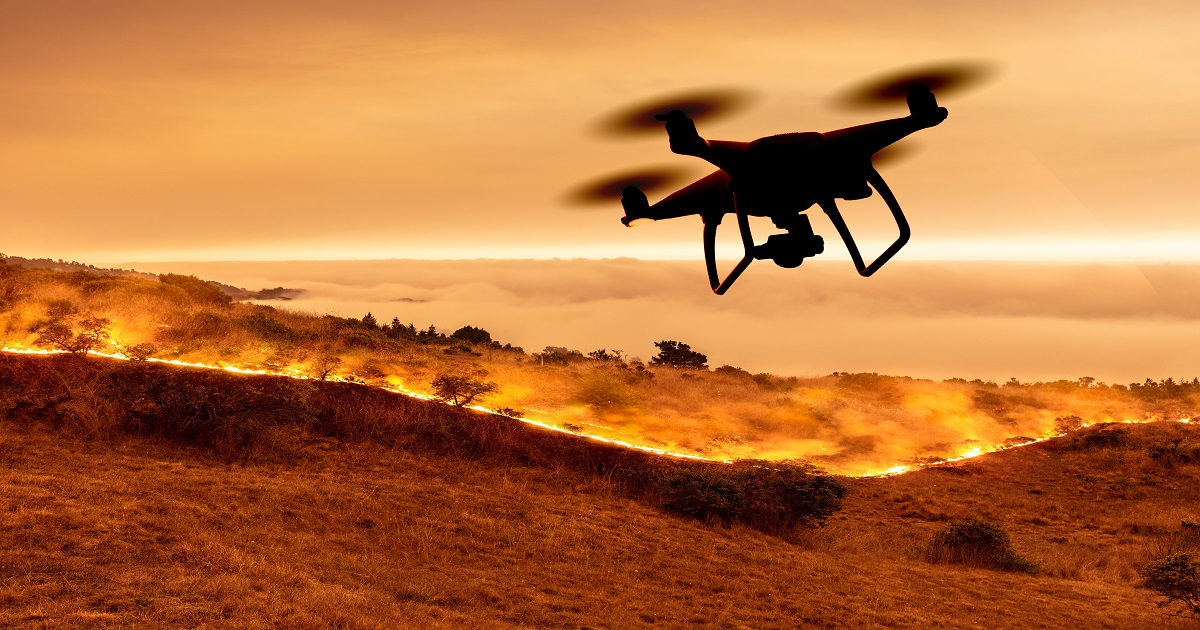
Rewind a hair over a month ago. I penned an article about 1998-founded Draganfly, Inc. – an IoT company hyper-focused on UAV hardware, software, sensors and services – so news about the expansion of its renowned manufacturing capabilities with a new IoT facility in the Canadian city of Saskatoon in Saskatchewan was big. But even putting that aside, Draganfly’s technology was already on the up. Its drones have been featured in several museums, including the National Law Enforcement Museum in Washington D.C., the Smithsonian’s National Air and Space Museum, and the Chicago Museum of Science and Industry (to name a few). Leveraging a suite of core solutions for flight services (as well as ground robotics, cutting-edge prototyping, contract engineering, AI and more), Draganfly is a recognized go-to for a reason.
Well, more than just one reason, of course.
Speaking of due Draganfly recognition, the company announced earlier this week that it is providing both drone tech and pilot crews to a Canadian Provincial Government to assist with firefighting mitigation, preparedness, response and recovery efforts in light of the recent scourge of Canadian wildfires.
Specifically, Draganfly’s advanced drones and designated drone personnel will be of aid to emergency Canadian services as they continue protecting lives, property, and entire ecosystems.
Per Cameron Chell, Draganfly’s CEO:
“Draganfly is humbled to have been selected, and we are committed to our pilot crews and drone technology being a huge component in helping ensure that wildfire services have the tools needed to combat devastating disasters. By deploying Draganfly’s highly trained drone pilot crews and technology, we aim to enhance situational awareness for firefighting operations to save time, money and, most importantly, lives.”
As Draganfly helps conduct nighttime missions, identifies fire line breaches and critical detection of hidden hotspots using thermal imaging via the drones, and supports real-time life-saving firefighting operations – not to mention helping to protect key natural resources and mitigate air quality hazards – the impacts of their support will likely carry into 2024.
Edited by
Greg Tavarez





